

Ben Zachariah
Move over, Patrol: New-era Ford Maverick SUV imagined
1 Hour Ago

News Editor
Hyundai says it supports the Australian Government’s proposed New Vehicle Efficiency Standard (NVES), even after rival brand Mazda came out against it.
“We see this as an intriguing challenge and we look forward to responding to the Government’s call for feedback,” said Hyundai Australia chief operating officer John Kett.
“We think we will soon have a world-class Efficiency Standard in Australia and we’re excited by that.
“With the Standard in place, Hyundai dealers will still have great vehicles to sell, customers will have great vehicles to drive, and we will be doing our bit to reduce emissions in line with Australia’s commitment to decarbonise.”
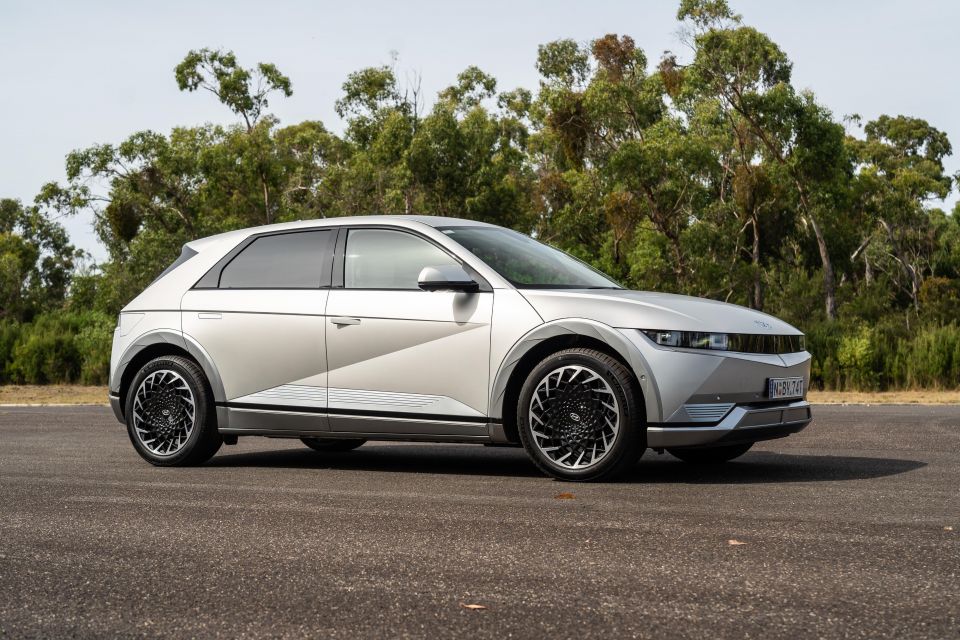
The Australian Government presented three options for the NVES in its impact statement, with Option B being its preferred one – and Hyundai says it’s largely workable.
“We only have five years to catch up to other advanced markets which have had efficiency standards in place for decades, and that’s a challenge,” said Mr Kett.
“We see merit in the Government’s preferred Option B, and with some minor aspects of Option A introduced to it, we can hit the proposed target and bring accessible, affordable and efficient vehicles to the market.”
Option B is the middling of the Government’s three options in terms of severity.
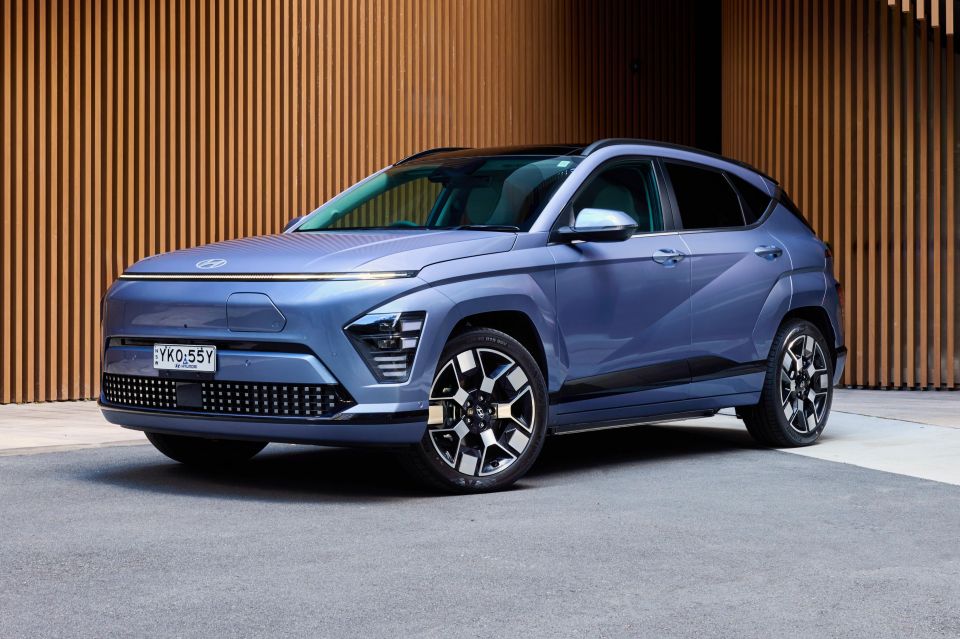
Under this option, the NVES would commence in full on January 1, 2025 and see carmakers pay a penalty rate of $100 for every gram per kilometre in excess of their set CO2 emissions target.
Over time, this CO2 target would get more strict, though carmakers would be able to receive credits for meeting or beating their target, and even trade credits with a different supplier.
Companies could still sell vehicles with heavier fuel consumption, but they would need to be offset with more fuel-efficient vehicles.
Under Option B, there would be two vehicle categories: one for passenger vehicles and all SUVs, the other for utes, large pickups and vans.

It would target a total reduction in CO2 intensity between 2024 and 2029 of 61 per cent for passenger vehicles and 62 per cent for LCVs, with average annual reductions of 12.2 and 12.4 per cent, respectively.
Manufacturers wouldn’t be able to pool their credits, which would last just three years.
In contrast, the weaker Option A sees some SUVs lumped into the second vehicle category, with a penalty rate of $40 per g/km and binding targets not commencing until 2027.
It would aim to reduce passenger vehicle CO2 intensity by 34 per cent between 2024 and 2029, with a 14 per cent reduction for LCVs. The average annual reduction would be 6.8 per cent and 3.8 per cent, respectively.

Credits would last for five years, and there would be “supercredits” which would allow electric vehicles (EVs) and plug-in hybrids (PHEVs) to be counted more than once to help further offset less-efficient vehicles.
The Government says Option B would see a reduction in CO2 emissions of 369 million tonnes by 2050, equivalent to the last six years’ worth of total light vehicle emissions in Australia.
In contrast, Option A would see only 0.97 million tonnes of CO2 emissions abated by 2050.
“The Government has been confronted with many competing voices and opinions throughout this process, and treading a workable path through all the noise will not be easy,” said Mr Kett.
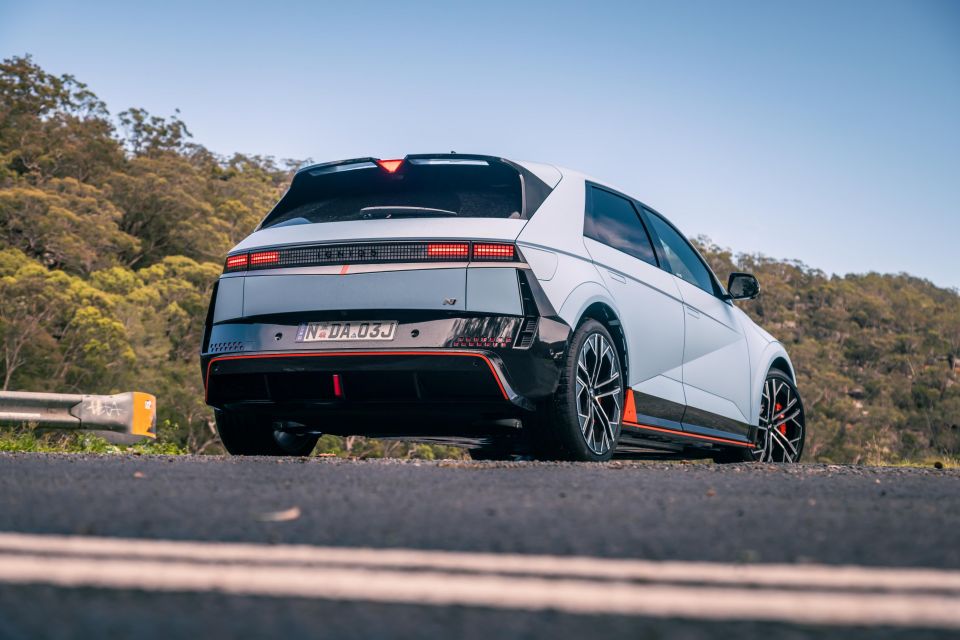
“A world-class Standard demands world-class thinking around the commercial pressures and infrastructure challenges we jointly face.
“We applaud the ambition of the policy, and certainly with the input of all the major stakeholders who have a role to play in its development, we’re confident that the Government will get the NVES right for all Australian new car buyers.”
Hyundai offers a wide range of EVs, including the Kona Electric, Ioniq 5, Ioniq 6, with the Ioniq 7 set to join them this year.
It also offers a growing range of hybrids, with electrified i30 Sedan, Kona and Santa Fe models set to be joined by the Tucson Hybrid this year.
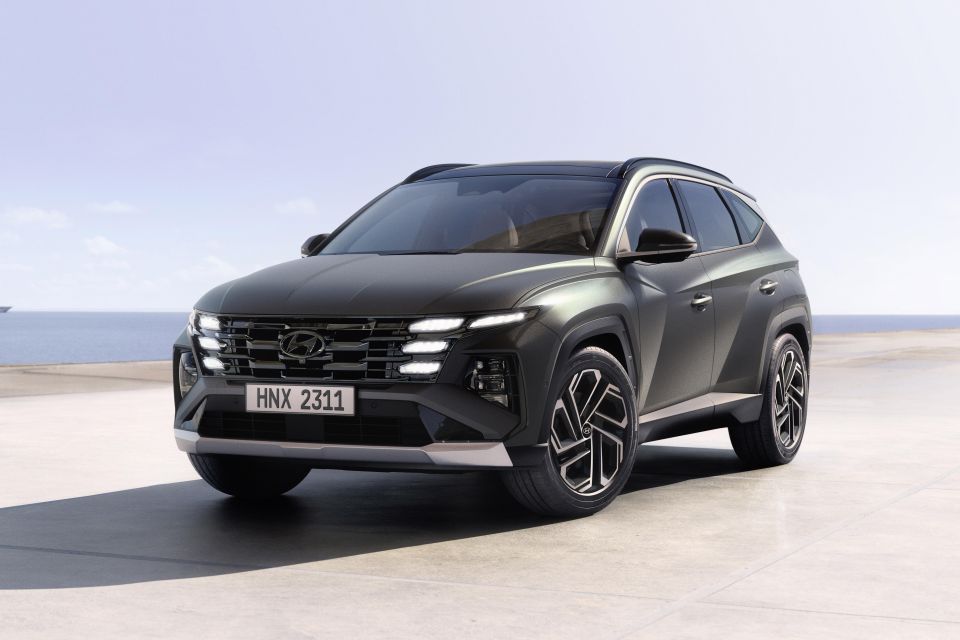
Mazda, in contrast, offers only mild-hybrids and recently discontinued its only EV.
The Japanese brand told CarExpert earlier this month it wants the Australian Government to delay the NVES to somewhere between 2030 and 2035, and introduce subsidies for more environmentally friendly vehicle.
“The preferred option is very ambitious, in terms of timeline, but also it has a mechanism of putting fines in the system that’s collected from the OEMs,” said Mazda Australia managing director Vinesh Bhindi.
“But obviously this will get passed onto the price of vehicles in one form or another without being a direct tax or charge or levy.
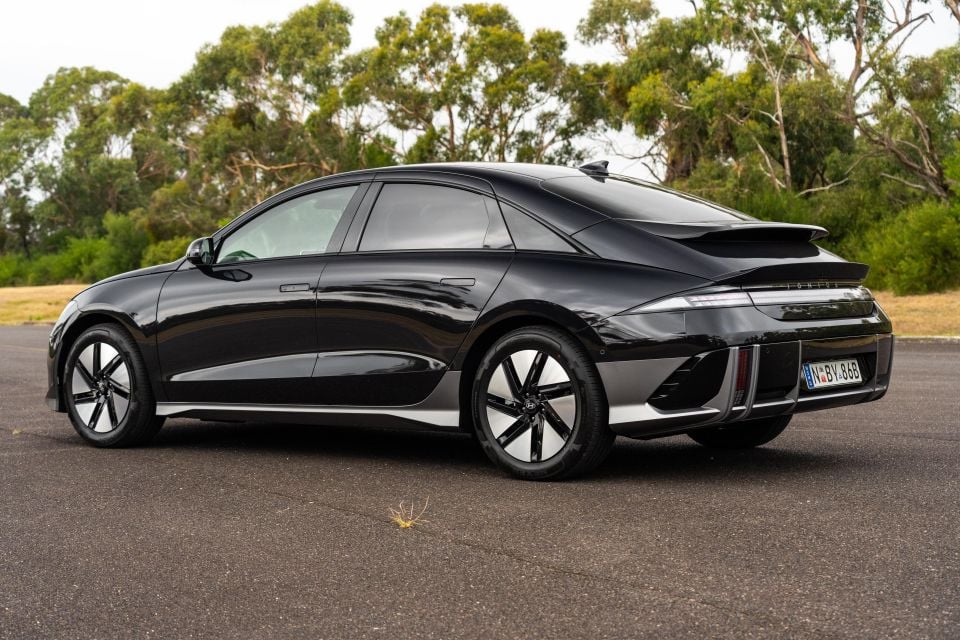
“Our opposition is that I think the timeframe is too ambitious, and secondly maybe the government hasn’t really educated themselves on the costs that would go to the consumer in this big ambition they have shared with us.”
The Federal Chamber of Automotive Industries (FCAI) has also pointed out the absence of subsidies for environmentally friendly vehicles in the Government’s plan, while the Australian Automotive Dealer Association (AADA) has warned the NVES could affect vehicle affordability.
MORE: Car industry cautious about Australia’s proposed vehicle efficiency standards MORE: Mazda pumps the brakes on Australian efficiency standards, calls for subsidies MORE: Australian fuel efficiency standards aimed at cutting petrol bills, ‘catching up’ with US MORE: What Australia’s biggest car brands have to say about tough new emissions standards MORE: Australian dealer body criticises tougher emissions standards
Where expert car reviews meet expert car buying – CarExpert gives you trusted advice, personalised service and real savings on your next new car.
William Stopford is an automotive journalist with a passion for mainstream cars, automotive history and overseas auto markets.


Ben Zachariah
1 Hour Ago


Damion Smy
2 Hours Ago
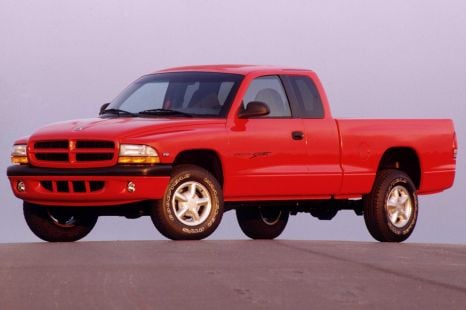

Derek Fung
3 Hours Ago


Ben Zachariah
3 Hours Ago
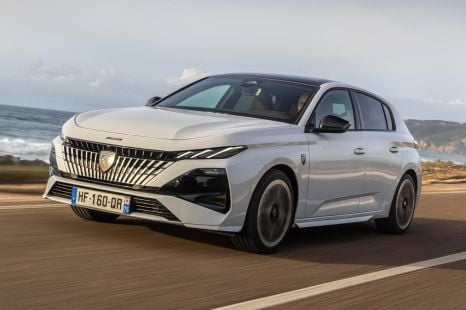

Matt Robinson
9 Hours Ago
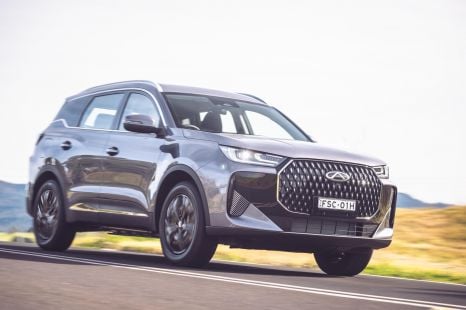

CarExpert.com.au
18 Hours Ago